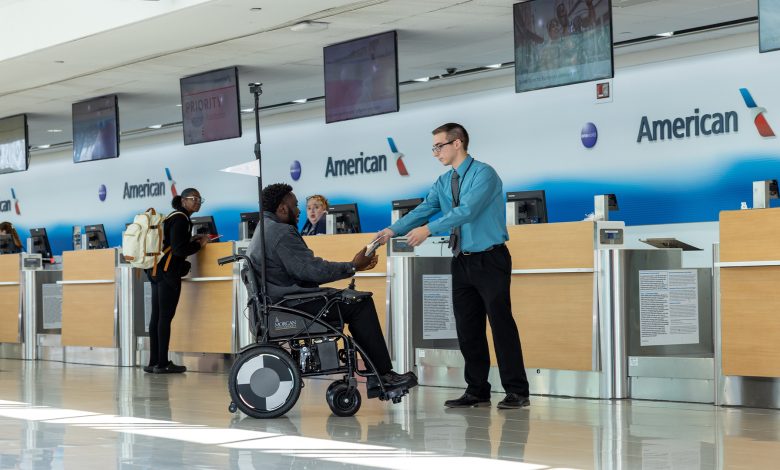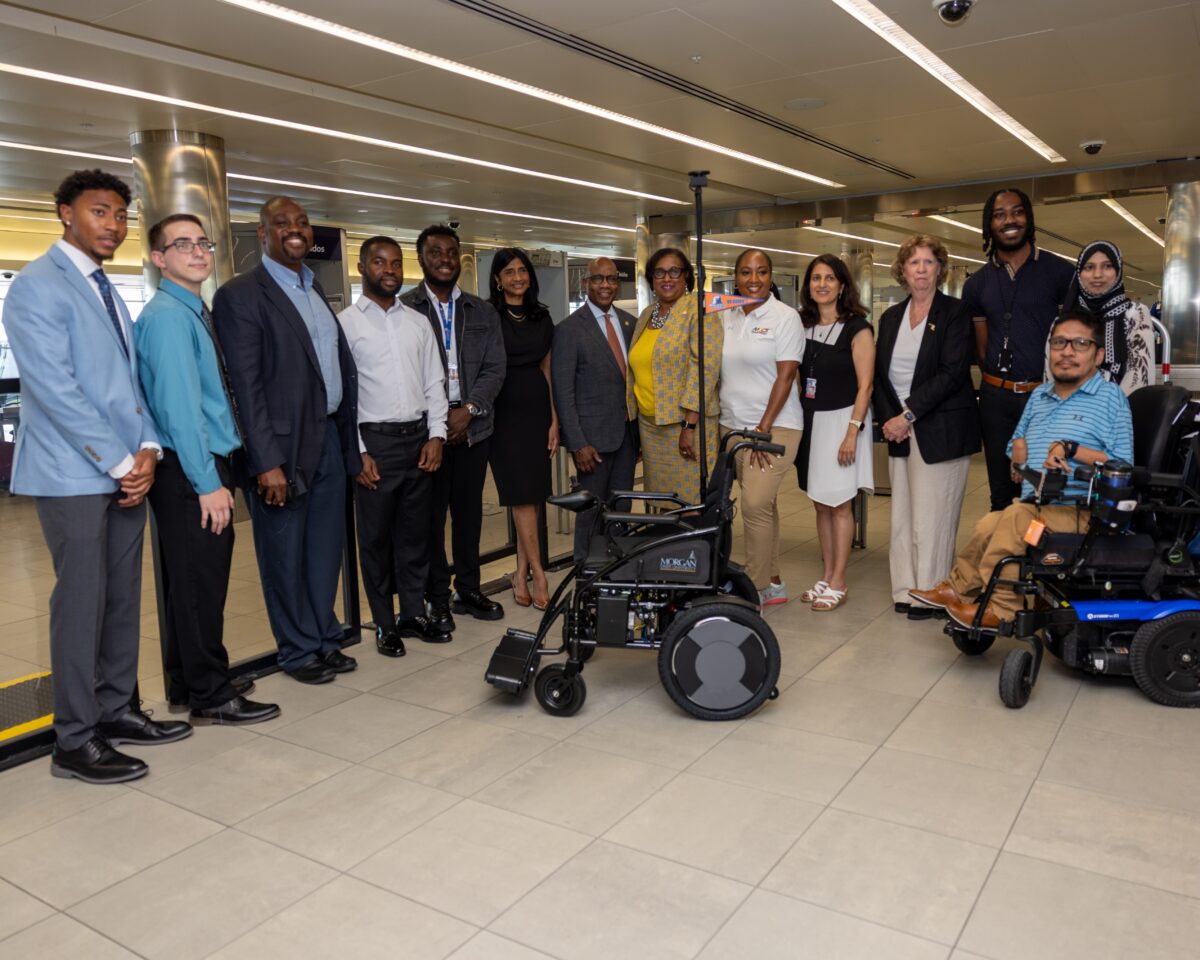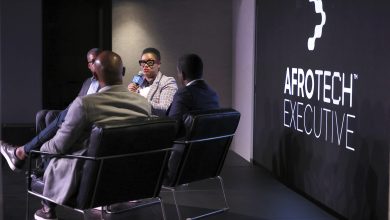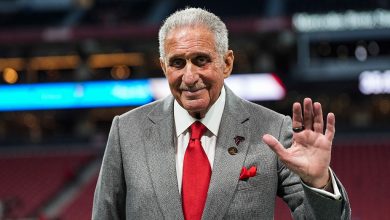This HBCU Just Unveiled Autonomous Wheelchair Technology That Will Help Disabled Populations Navigate High Traffic Areas

Morgan State University has unveiled a groundbreaking technology.
Autonomous Wheelchair Technology
According to information shared with AFROTECH™, the Historically Black College and University (HBCU) and Carnegie-classified high research (R2) institution is responsible for releasing an autonomous wheelchair technology to help disabled populations navigate busy areas such as airports, hospitals, museums, college campuses, and military bases.
Supported by more than five years of research, the wheelchair using an Autonomous Mobility System was conceived by Dr. Mansoureh Jeihani, professor and director of the National Transportation Center (NTC) and the SMARTER Center at Morgan State. Dr. Kofi Nyarko, a professor in the Department of Electrical and Computer Engineering and director of the Center for Equitable AI and Machine Learning Systems (CEAMLS) at the school, also contributed to the design. He served as the lead technical advisor.
The technology was brought to life building upon a conventional powered wheelchair that integrated tools to ensure high-functioning perception, navigation, and steering capabilities. This included installing cameras and LIDAR sensors for perception, computer vision/machine learning models, remote distance measuring devices, and more, a news release from Morgan State University states.
“Our team wanted to combine the most cutting-edge AI and computer vision technologies with sensible wheelchair design choices,” said Dr. Jeihani, who led a group of Morgan State University researchers and students, in the news release. “Giving people with disabilities this kind of mobility and independence makes public spaces much more inclusive.”
Dr. Nyarko added:
“This project introduces a significant new approach to public spaces, enabling airports to integrate automated systems with personal human interaction effectively. Our objective is to ensure that all individuals can navigate these options with ease and dignity. Through ongoing research, we will ensure that this device continues to operate in accordance with the highest standards and best practices.”
How It Works
The technology was unveiled at the Baltimore/Washington International Thurgood Marshall Airport on July 31 during a special demonstration that showcased how it can improve mobility in high-traffic areas. In practice, the wheelchair can be retrieved by an individual who scans a QR code on an app. With registration and login, once the wheelchair arrives, it will require authentication before the individual can sit to be transported to other airport areas. From there, the wheelchair can navigate a guided route to its next destination at walking pace, 2.5 to 4 miles per hour.

“Today’s demonstration is a significant step towards making public transportation more accessible for everyone,” Morgan President David K. Wilson said in the new release. “We believe integrating technology into mobility solutions can empower individuals, enabling them to navigate public spaces with ease and confidence. We’re proud of the innovative work being conducted within our research centers to address challenges and offer novel solutions that improve lives.”
The wheelchair was introduced at the BWI Marshall Airport through a pilot program in partnership with Morgan State and the Maryland Aviation Administration. Since June 2023, Phase 1 of implementation, researchers have been conducting testing throughout the airport.
“I do want to acknowledge and thank our colleagues and leaders from Morgan State University for this project and for this demonstration today. At BWI Marshall Airport, one of our key areas of focus is to collaborate with stakeholders throughout the community. This project is an example of that partnership,” Shannetta Griffin, executive director and CEO of the Maryland Aviation Administration, commented.
What’s Next?
A patent application for the technology with the U.S. Patent and Trademark Office is pending. Currently, there are three operational wheelchairs. Additionally, the technology is not yet available to the general public.




